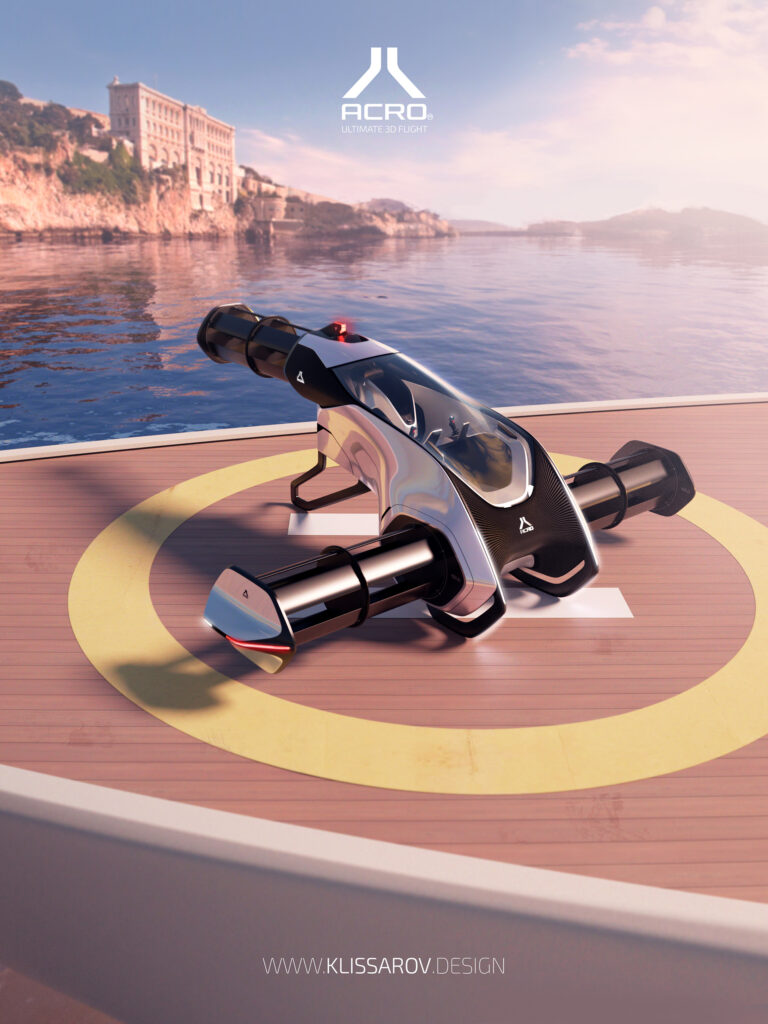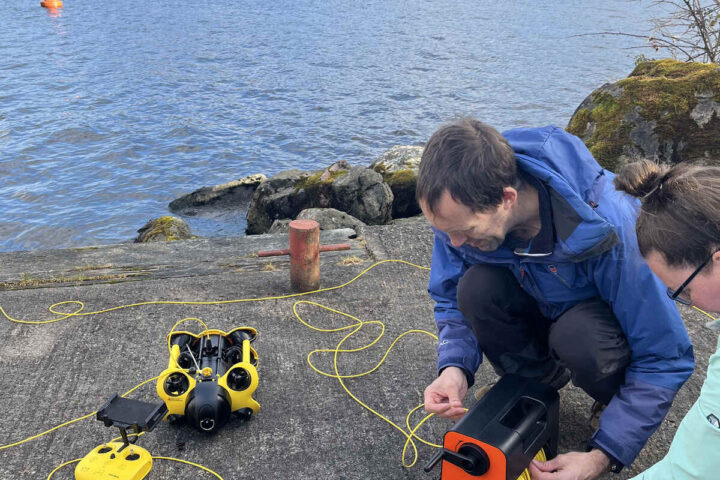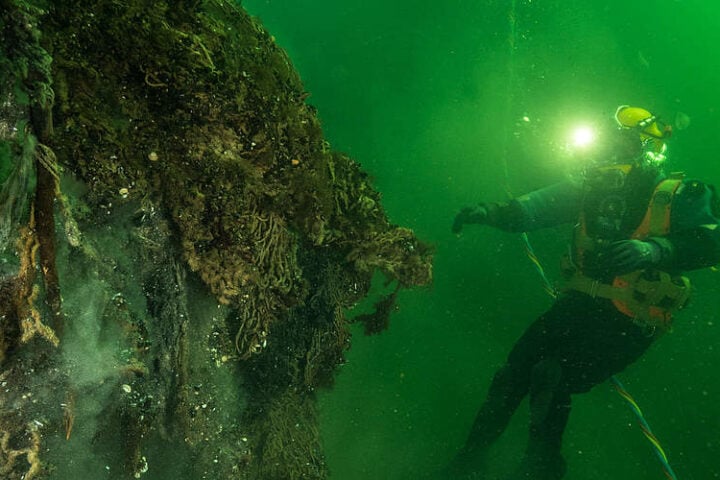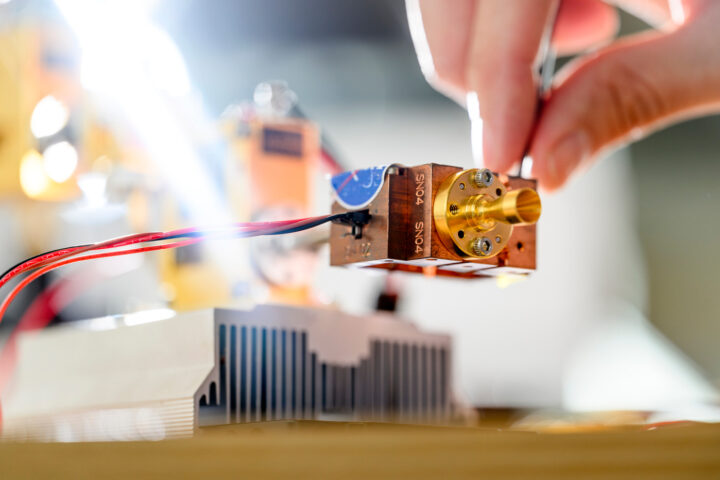In a move that’s got every tech and defense buff buzzed, the Mediterranean Sea became the proving ground for France’s latest leap in maritime tech—the SDAM demonstrator. This isn’t your average drone; we’re talking about a state-of-the-art UAS that’s been put through its paces aboard the FREMM Provence, a frigate that’s as versatile as they come.
Bruno Even of Airbus Helicopters couldn’t hide his excitement when he talked about the SDAM and the VSR700, the UAS at the heart of the program. “The system that we will offer will be able to operate from a frigate and be adapted to the naval missions it was designed for,” he said. This is the kind of gear that gets the naval tech community buzzing—drones that don’t just fly but actually enhance the mission capabilities of a warship.
Pierre-Eric Pommellet from Naval Group was equally jazzed about the trials’ success, calling it a “major step in the reinforcement of the French Navy’s future capabilities. We have passed a significant milestone in terms of the complexity of the integration of an unmanned aerial system (UAS) on board a heavily armed vessel, both physically and operationally.” He laid down the gauntlet, talking about the complexity of marrying up a UAS with a heavily armed vessel. “These trials have also shown the relevance of the Naval Group I4Drones® mission system, and the fact that the SDAM demonstrator can seamlessly be integrated on a vessel and will work harmoniously with other existing systems. In synergy with the ship’s combat system and the embarked helicopter, the drone will be another means to access complementary airspaces and will truly be a remote sensor that will expand the crew’s perception and treatment of threats in real time,” Pommellet added, highlighting the seamless integration of the SDAM with the ship’s combat system and the embarked helicopter.
The DGA’s decision to award the derisking study for the SDAM program to Airbus Helicopters and Naval Group is a nod to the future of rotary-wing UAS demonstrators for the French Navy. And let’s not forget the local SMEs like Hélicoptères Guimbal and Diades—these guys are the unsung heroes, helping to forge a homegrown naval UAS industry in France.
Similar Posts
Now, let’s geek out for a second on the tech. The SDAM’s trials weren’t just about showing off a cool new drone; they were about proving it could handle the rigors of surveillance and intelligence missions from a warship. And with an eye on operational capability by 2026, the SDAM is on track to become a game-changer for naval operations.
The integration of the SDAM with the ship’s existing combat systems and the onboard helicopter is like watching a well-orchestrated ballet of tech—each element enhancing the other, creating a multi-dimensional defense capability that’s hard to penetrate.
The French Navy’s trials have shown that the SDAM is ready to expand the operational reach of a frigate, giving it a set of eyes in the sky that can transform how threats are perceived and handled. This is the kind of tech that doesn’t just change the game; it redefines the playing field.
As we look toward the SDAM’s future, it’s clear that the French Navy is setting itself up as a leader in unmanned maritime systems. This is about pushing the envelope, about not settling for the status quo. The successful trials of the SDAM are a clear signal that the French Navy is sailing full steam ahead into the future of naval warfare, where unmanned systems are front and center, safeguarding seas with a watchful eye from above.

















